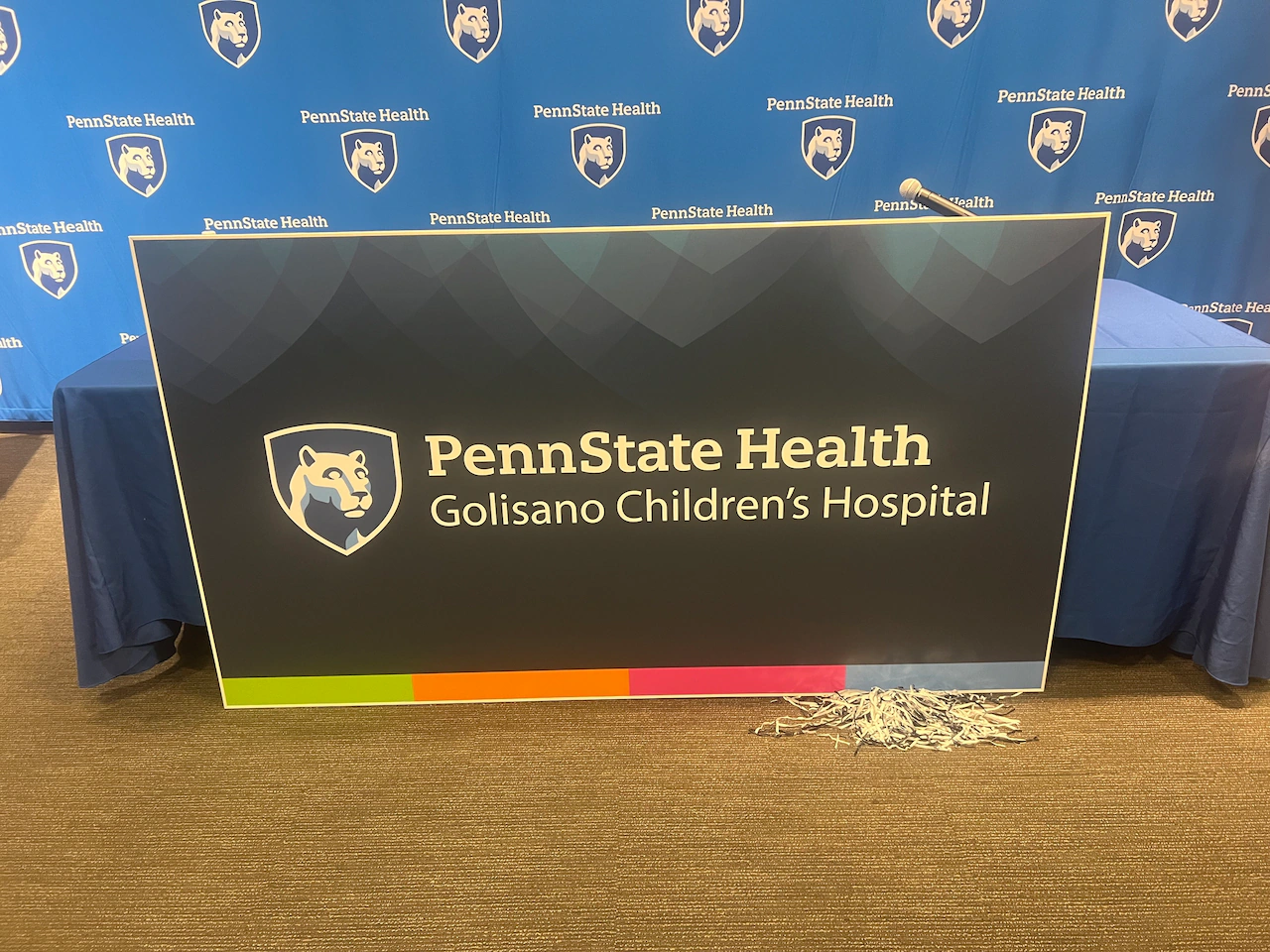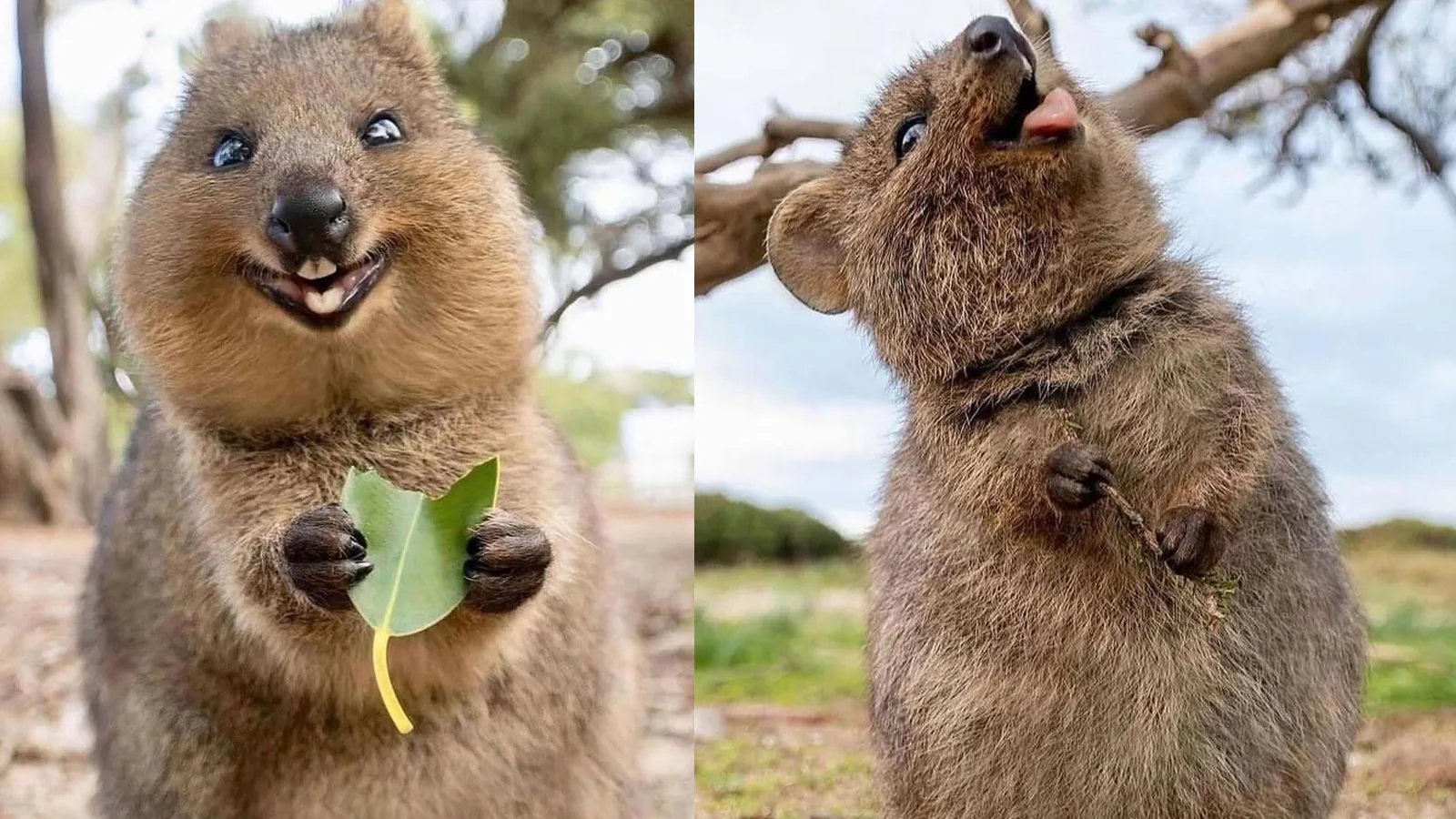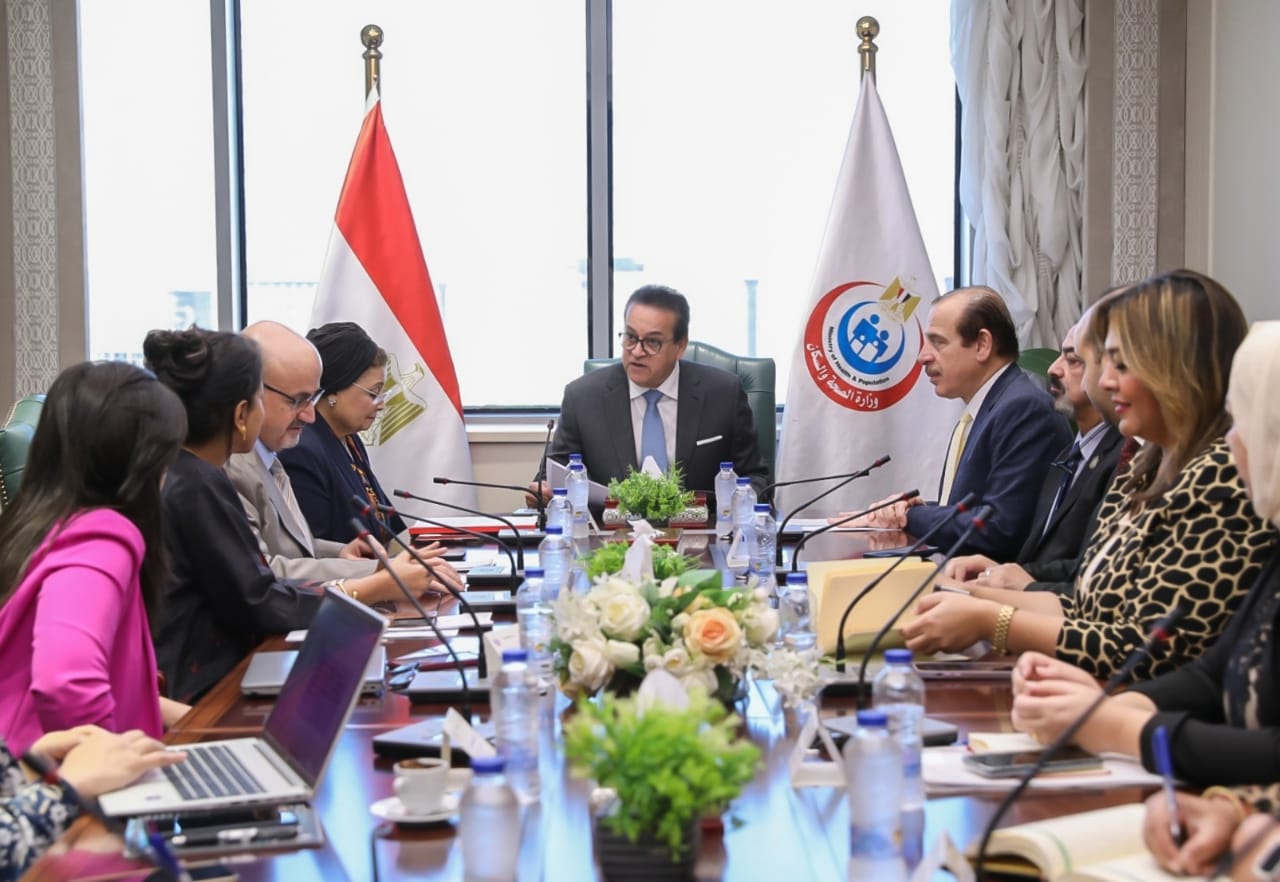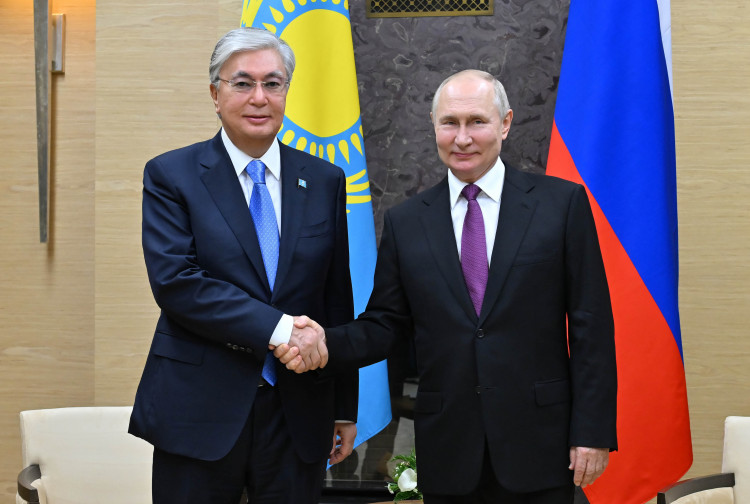Copyright Mechanicsburg Patriot News

One day after it was announced that Penn State Health Children’s Hospital would receive a $50 million gift from entrepreneur Tom Golisano, university and hospital officials came together at the medical center in Derry Township to celebrate the donation and unveil a new name and logo. The logo remains similar to its previous version, with one notable exception. “Golisano” was added to the name of the children’s hospital. The facility will now be known as Penn State Health Golisano Children’s Hospital. “We’re here to celebrate a very, very special day for the children of Pennsylvania and their families,” said Neeli Bendapudi, president of Pennsylvania State University. The gift is the largest donation for Penn State Health since the M.S. Hershey Foundation gave $50 million in 1963 to help launch the hospital. Officials said the money will be used to: Advance health equity in rural communities Enhance behavioral health care for children and adolescents Strengthen pediatric cardiology and cardiac surgery programs Enrich pediatric neuroscience care Expand and enhance neonatal intensive care units across the health system Train the next generation of pediatricians and specialty providers Fuel research and discovery to find new treatments and cures Enhance a fully integrated outpatient care program for pediatrics Dr. Sarah Iriana, chair of the Department of Pediatrics at Penn State Health, cited the multiple ways that the $50 million gift will help the health system increase its pediatric offerings. “Imagine a world where we can expand our pediatric and adolescent behavioral health footprint,” said Iriana. “Where we can help kids who are in need and in crisis. Imagine where we can expand and improve our access to cardiology and cardiothoracic surgery care so that any child in our region who needs those services can get them. Imagine what a gift like this can do for children in need of neurology and neurosurgical care. They can be involved in cutting-edge treatments and clinical trials. We already have the highest level NICU possible, but imagine if we expand across the health system, having the neonatal care and footprint across all of our hospitals that gets children and families the care they need where they live and the backup of knowing they can come to [Penn State Health Golisano Children’s Hospital] if the need arises.” The hospital is now part of the Golisano Children’s Alliance, which includes 10 children’s hospitals: Golisano Children’s Hospital at the University of Rochester Medical Center, in Rochester, New York Upstate Children’s Hospital at SUNY Upstate Medical University, in Syracuse, New York Golisano Children’s Hospital of Lee Health, in Fort Myers and Naples, Florida John R. Oishei Children’s Hospital, in Buffalo, New York University of Vermont Children’s Hospital, in Burlington, Vermont (received $25 million) West Virginia Medicine Children’s Hospital, in Morgantown, West Virginia (received $28 million) Connecticut Children’s Hospital, in Hartford, Connecticut (received $50 million) Penn State Health Children’s Hospital, in Hershey, Pennsylvania (received $50 million) University of Kentucky Children’s Hospital, in Lexington, Kentucky (received $50 million) University of Maryland Children’s Hospital, in Baltimore (received $50 million) Golisano pledged a combined $253 million to the hospitals in Vermont, West Virginia, Connecticut, Pennsylvania, Kentucky, and Maryland in more than doubling the size of the alliance. Those hospitals will add “Golisano” to their names. Officials at Wednesday’s event talked about how joining the alliance will benefit children in central Pennsylvania. “These are different hospitals that have benefitted from [Golisano’s] generosity but in return are committed to sharing best practices with one another, best practices in clinical care, in education of our students, as well as in our research,” said Iriana. “How wonderful for the kids of Pennsylvania. So it’s not just what we learn but what we learn together. The wisdom of all of us will certainly be greater than the contributions of any one of us.” Dr. Karen Kim, dean of the Penn State College of Medicine, said the gift is about opening possibilities. “As a member of the Golisano Children’s Alliance, we’ll be able to accelerate the pace of translational research and discovery and bring it to children everywhere,” she said. Dr. Michael Kupferman, CEO of Penn State Health, said the partnership has been in the works for about four months when the Golisano Foundation reached out. He said there was a lot of teamwork and visioning that went into the project, as well as a number of meetings with the Golisano Foundation. The Penn State Health Golisano Children’s Hospital is the only children’s hospital between Philadelphia and Pittsburgh. “We’re going to use the resources to expand our footprint,” Kupferman said. “We’re going to use it to expand our research and innovation. We are training the next generation of physicians and nurses, and allied health leaders here. So we’re going to continue to grow and expand and more deeply invest in those resources.” Kupferman said the health system will focus on the expansion of pediatric offerings into rural areas and into new areas in central Pennsylvania. “We have our children’s hospital here [and] we have pediatric specialty centers in and around the region, but we don’t have enough. We intend to bring our physicians to other regions, to other rural areas,” he said. Kupferman said the new alliance of 10 children’s hospitals is about advancing pediatric care, creating a community of knowledge sharing, and creating a community of medical sharing. “We’re just very excited about this transformational gift that Mr. Golisano has gifted to us. We’re proud to have been selected,” he said. Penn State Health Golisano Children’s Hospital is located at 600 University Drive on the campus of Penn State Health Milton S. Hershey Medical Center and Penn State College of Medicine. The children’s hospital provides advanced treatments for complex medical conditions like heart disease and cancer. The children’s hospital has a Level IV neonatal intensive care unit and a Level I pediatric trauma center.



